8 Leading Composers of Renaissance Period!
The Renaissance is the period of European history which covers the period from the 14th century to the 17th century. It is an addendum to the Middle Ages and is followed by the Age of Enlightenment to modern history. The very first traces of this period are found in Italy which then came to Europe.
The main concept of this period is humanism, which was derived from the Roman Humanitas. It also rediscovered the classical Greek poetry. Besides literature, music was also an essential part of the religious, courtly, and civic life during the Renaissance period. The ideas interchanged by economic, political and religious events during this period led to the changes in the composing styles, introduced new musical genre and developed the musical instruments. Church also played its role in the music; the music used by the church was composed of several melodies.
Renaissance period composers earned income from churches, music printing, and wealthy amateurs. Famous composers of the renaissance period were dominated initially by the English and then northern Europeans composers also showed their presence. The Burgundian court was also influential for composers in the Renaissance and attracted them from all over Europe.
Prominent Composers of Renaissance
A. William Byrd (1543-1623)
William Byrd is the greatest music composer in the English history. He mastered every style which existed during his lifetime and made hundreds of compositions. He outclassed Orlando de Lassus and Giovanni Palestrina during his period. He is also considered among the first people who used the keyboard and is often regarded as the keyboard genius. The piano works of William Byrd can be found in "Parthenia” and "My Ladye Nevells Book”. His famous works include Cantiones Sacrae, Sonnets, and songs, songs of Sundrie Natures, Gradual and Ave Verum Corpus.
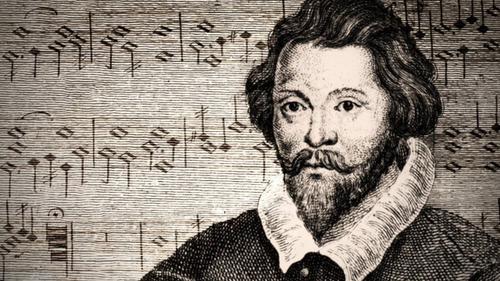
B. Thomas Tallis (1510-1585)
Thomas is among famous composers of the Renaissance period who mostly worked as a church musician. He was treated very well by the church and worked under four English monarchs. Thomas Tallis and William Byrd had the exclusive rights to use the printing press of England to publish their music, special grant given by Queen Elizabeth. His majority of composing is arranged for choir as English anthems and Latin motets. He composed on other styles of music as well. His music is known in the English world but his personal life is not that much publicized. His famous styles include Latin motets, anthems, and English service music.

C. Guillaume Dufay (1397-1474)
Guillaume Dufay is another music composer of the early Renaissance era. He was a leading figure in the Burgundian School, which was a group of famous and active composers in the 15th century. His influential exchange of ideas among other artists is visible from his complex motet "Nuper rosarium Flores”. He composed in all the common forms of the day which include hymns, Magnificats, motets, and masses. He worked on sacred music and secular music as well. Instrumentals are used in some of his sacred music. Most of his surviving music don't require instrumentals specifically. Music lovers should explore some of his famous works which include Alma Redemptoris mater (version 2, antiphon a3) 4 tracks, Adieu ces bons vins de Lannoys (Rondeau, a 3) 5 tracks.
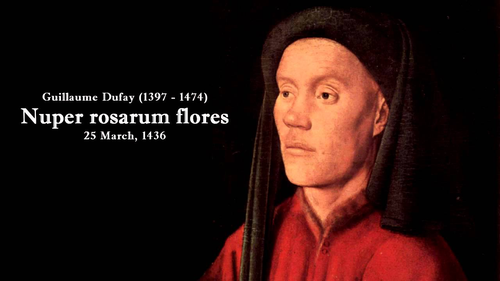
D. Claudio Monteverdi (1567-1643)
He linked Renaissance to the Baroque with the first revolutionary music with a dramatic opera, Orfeo. Therefore, he was also considered a pioneer in the field of opera. He was not only a composer but a choirmaster and string player as well. He also served an integral and transitional role between the Baroque period and Renaissance period. He spent his early years composing madrigals consisting of nine books. These books mark the change of the compositional style and thinking between these two periods. The 8th book contains Madrigali dei Guerrieri Amorosi which is considered the perfect form of the madrigal. Some other famous compositions from his include L'Orfeo, L'Arianna, Sestina, and Vespro Della Beata Vergine.
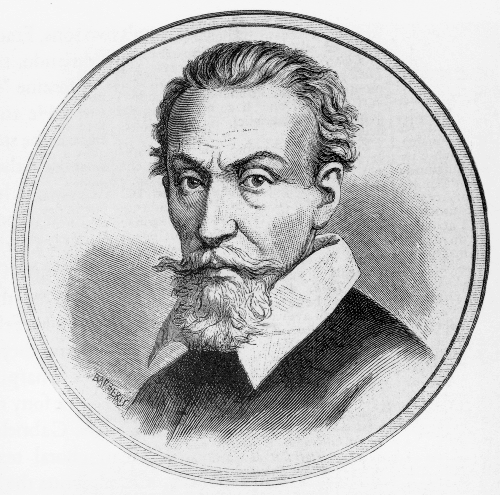
E. Josquin des Prez (1440- 1521)
His diverse interests in the field of composition brought him to the list of famous composers of the renaissance period. He combined many contemporary styles in his compositions. He is the most sought-after musician in Europe during his lifetime. He is most popular due to his ability to unveil the emotion and meaning of the text through both secular and sacred music. Most of his works do not be documented, but his reputation is strong just only because of some surviving works. The most famous among them are his chansons and masses.
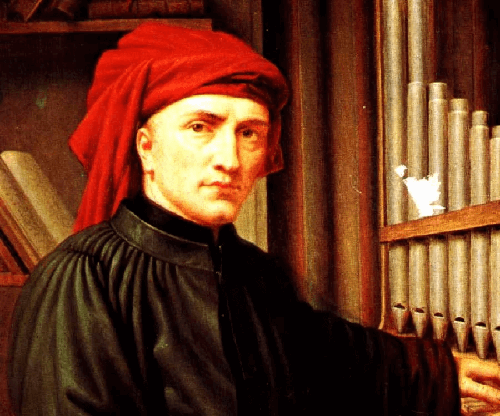
F. Orlande de Lassus (1530- 1594)
Orlande de Lassus was a Franco-Flemish composer of the Renaissance period. He was mostly known for his smooth polyphonic style. He is the most versatile composer of Europe good at all composing styles. The number of his works are more than 2,000 which were written in Latin, French, German and English. His written works are more than 2,000. His motets combined the French style text-setting, Italian melody and northern style of polyphony. Some of his famous works include Lagrime di San Pietro, Prophetiae Sibyllarum, Aurora Lucis Rutilat and Dessus le marché d'Arras.

G. Thomas Morley (1557 -1602)
The next man on the list of famous composers is Thomas Morley. Besides composition, he was an entrepreneur as well. Thomas got his degree of Bachelor of Music from the University of Oxford. He was appointed as the head of the choirmaster of Norwich Cathedral. Talking about his style, he had the influence of the composition of another great composer William Byrd and also adopted the quintessential Italian music form as well from Elizabethan England. His madrigal song "Sing We and Chant It” is worth mentioning here. Some other famous compositions of Morley include Philis, I Faine Wold Die Now, Madrigal for 7 Voices, A Plaine and Easie Introduction to Practical Musicke, Musical Treatise with Diverse Music and La Rondinella, Fantasia for Instrumental Consort.
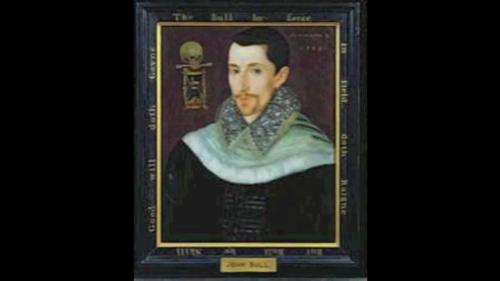
H. John Bull (1562- 1563)
He was a composer, organ builder, and musician. He made it to the list of great composers for playing the keyboard instruments, especially for organ and harpsichord. His caliber of compositions in keyboard music matches with William Byrd and Sweelinck. These works make him organist and Chapel Royal. His collection of work is called Fitzwilliam Virginal Book. His seven pieces forming a collection of virginal music with the title of Parthenia is also renowned in the composition.
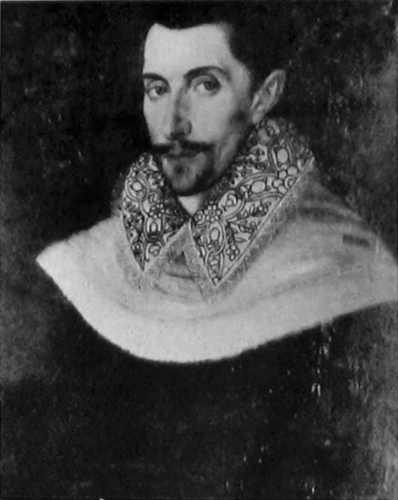
Conclusion
Knowledge and fine arts flourished during the renaissance period and that is why so many great composers are part of this era. Huge transformation and advancement in the world during this era is visible from the composition of these composers. Without them, the much-flourished music industry of the English world would be totally different. Watch and enjoy this composition by John Bull, named "Fantasy of Keyboard”.
YOU MAY LIKE
-
Disadvantages and Advantages to Keep Animals in Zoos
-
5 Steps to Draw Lewis Structures
-
Do You Know Why People Don’t Read Books?
-
Most Interesting Challenges to Do With Your Friends
-
3 Types of Elements on the Periodic Table and Their Properties
-
What Are the 3 Parts of a Nucleotide and Nucleotide Examples
-
Tips on How to Write a “Thank You” E-mail
-
11 Amazing Chemical Reactions in Everyday Life!
-
The Significance of Knowing Your Strengths and Weaknesses
-
Different Truth or Dare Questions for Adults
